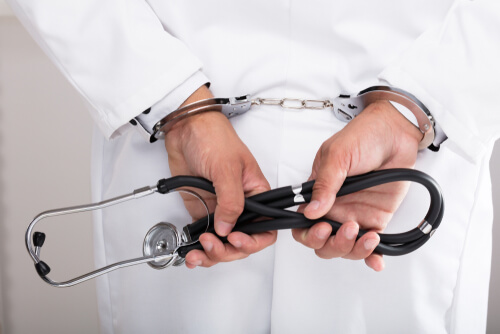
Understanding the Legal Process for Medical Malpractice Claims
Posted by on 2024-10-02
Understanding the Legal Process for Medical Malpractice Claims
Navigating the legal process for medical malpractice claims can be a daunting journey that requires a solid understanding of both legal and medical intricacies. Medical malpractice occurs when a healthcare professional deviates from the accepted standard of care, resulting in harm to a patient. The complexity of these cases often lies in proving that such deviation directly caused injury or damage. This essay aims to demystify the legal steps involved, offering insight into what claimants can expect and how they can best prepare themselves.
The first critical step in filing a medical malpractice claim is determining whether you have a valid case. This involves establishing that there was indeed a breach of duty by the healthcare provider. Not all adverse outcomes necessarily constitute malpractice; it must be shown that the provider's actions were not consistent with what other competent professionals would have done under similar circumstances. Consulting with an experienced medical malpractice attorney early on can help assess the viability of your case and provide guidance on how to proceed.
Once you decide to move forward, gathering evidence is paramount. This includes obtaining comprehensive medical records, which will serve as foundational documents in your claim. These records should detail all treatments, interactions, and procedures related to the alleged malpractice incident. Expert testimony is also crucial at this stage; typically, another qualified healthcare provider will review your case and offer an opinion on whether negligence occurred.
After compiling sufficient evidence, the next step is filing a formal complaint or lawsuit against the responsible party or parties. This document outlines your allegations and specifies the damages you are seeking. It’s important to note that each jurisdiction has specific statutes of limitations governing how long you have to file a claim after discovering an injury due to malpractice. Missing this deadline can result in losing your right to pursue compensation altogether.
Discovery follows the filing of the lawsuit, during which both sides exchange information relevant to the case. Depositions—sworn statements taken outside of court—are common during this phase and allow attorneys from both sides to question witnesses and experts under oath. Interrogatories (written questions requiring written answers) and requests for documents are also part of discovery.
Negotiation or mediation often precedes going to trial, offering both parties an opportunity to settle without prolonged litigation. Many cases resolve at this stage because trials are expensive, lengthy, and unpredictable for both plaintiffs and defendants alike. If an agreeable settlement cannot be reached, however, then preparing for trial becomes necessary.
During trial preparation, each side formulates its arguments and strategies while continuing with further discovery if needed. Both plaintiff’s and defendant’s lawyers will present opening statements followed by witness testimonies subjected to direct examination and cross-examination by opposing counsel.
The trial itself culminates with closing arguments from both parties before jury deliberation begins (in jury trials). The jury—or judge in bench trials—will then render a verdict based on all presented evidence.
Should you win your case, compensatory damages may cover medical expenses incurred due to negligence as well as lost wages from time off work recuperating from injuries suffered due to malpractice? In some instances where egregious conduct is evident punitive damages may also be awarded aimed at punishing particularly reckless behavior deterring future similar actions by others within profession?
It's worth noting appeals process exists either side dissatisfied outcome believing errors made during initial proceedings grounds reconsideration relief higher court level potentially altering final judgment?
In conclusion navigating through maze legalities surrounding medical malpractice claims requires patience attention detail expert assistance significantly increasing chances achieving justice deserved wronged individual overcoming physical emotional financial burdens imposed negligent care professionals trusted safeguard health wellbeing every step way crucial advocate effectively ensuring fair appropriate resolution ultimately prevailing pursuit truth accountability fairness judicial system designed protect uphold rights citizens served